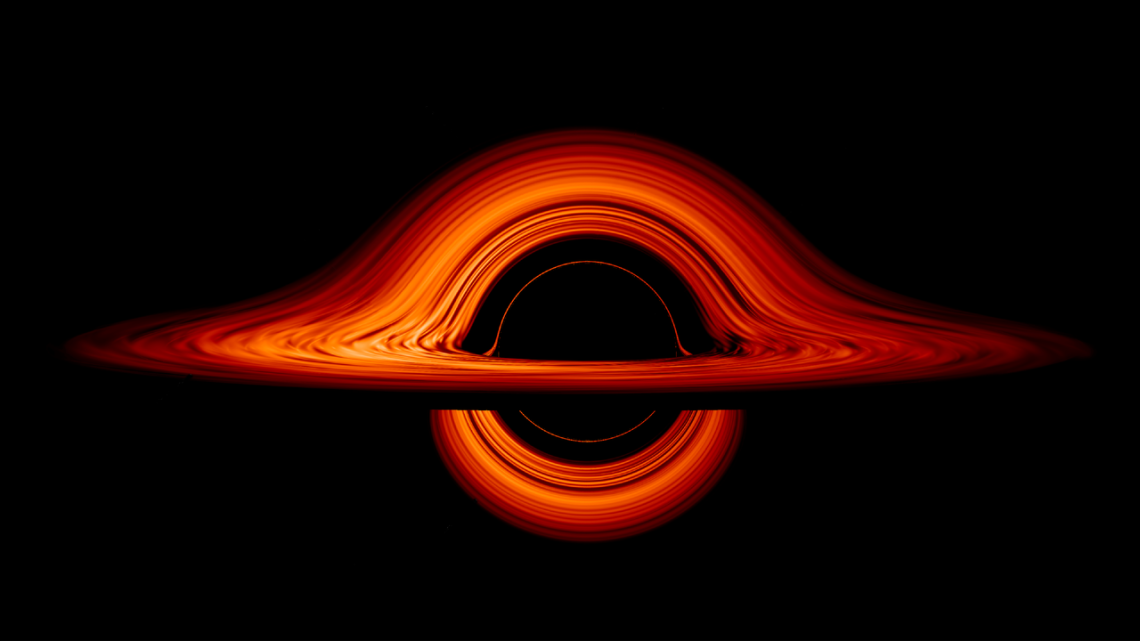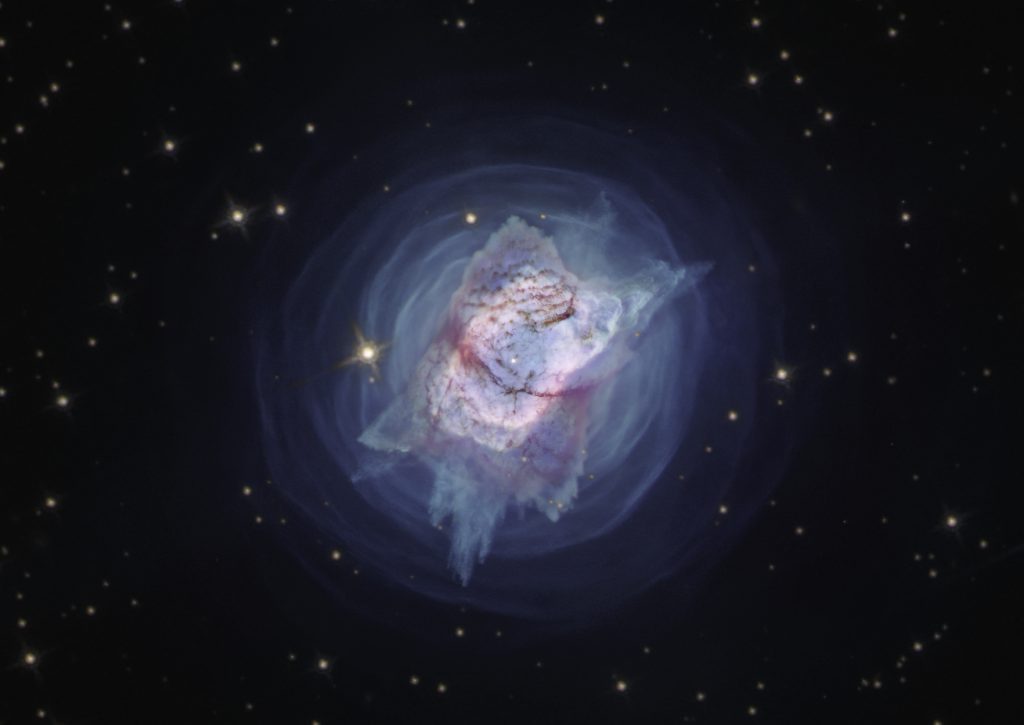
The Cosmic Chiller: Unraveling the Enigma of the Potential Heat Death of the Universe
In the grand tapestry of cosmic phenomena, the concept of the heat death of the universe stands as one of the most intriguing and unsettling theories. As we peer into the vast expanse of space and time, scientists grapple with the ultimate fate of our universe—a scenario where entropy reigns supreme, and all energy dissipates into a cold, dark abyss. In this exploration, we will delve into the fascinating realm of the potential heat death of the universe, unraveling the science behind this cosmic chill.
Understanding Entropy and the Second Law of Thermodynamics
To grasp the concept of the potential heat death of the universe, one must first acquaint themselves with entropy and the Second Law of Thermodynamics. Entropy, often described as a measure of disorder or randomness in a system, tends to increase over time. The Second Law posits that in any energy transfer or transformation, if no energy enters or leaves the system, the potential for entropy to increase is inevitable.
The Current State of the Universe
As we peer into the current state of the universe, we observe a cosmos filled with galaxies, stars, planets, and other celestial bodies. However, these structures are not static; they are dynamic entities undergoing constant changes. Stars burn through their nuclear fuel, galaxies collide and merge, and planets orbit their stars. While the universe appears vibrant and active, it is also subject to the inexorable march of entropy.
Heat Death: A Cosmic Endgame
The theory of the potential heat death of the universe envisions a distant future where entropy reaches its maximum. In this scenario, all energy gradients within the universe—such as temperature differences between objects—equalize. Stars burn out, galaxies drift apart, and all processes that sustain life and activity come to a halt. The universe becomes a vast, cold, and dark expanse, with no discernible structure or order remaining.

Role of Dark Energy and Dark Matter
To understand the fate of the universe, we must consider the roles of dark energy and dark matter. Dark energy, believed to be responsible for the accelerated expansion of the universe, plays a pivotal role in its long-term destiny. If dark energy continues to drive cosmic expansion, galaxies will move away from each other at an increasing rate, leading to an eventual isolation of celestial bodies in an ever-expanding void.
Dark matter, on the other hand, contributes to the gravitational pull that shapes the large-scale structure of the universe. While its exact nature remains elusive, the interplay between dark energy and dark matter influences the cosmic ballet and contributes to the overarching narrative of the universe’s fate.
The Fate of Stars
In the progression toward the heat death scenario, stars play a central role. Stars are the cosmic engines that convert hydrogen into helium through nuclear fusion, releasing energy in the process. However, stars are not immortal; they exhaust their nuclear fuel and undergo various stages of evolution.
As stars reach the end of their life cycles, they can go supernova, collapsing into black holes or neutron stars. These remnants contribute to the overall increase in entropy, and the universe loses a source of energy as stars cease to shine.
Cosmic Expansion and the Horizon Problem
The observable universe is subject to the expansion driven by dark energy. This expansion, while ongoing, also presents a peculiar challenge known as the horizon problem. The universe appears remarkably homogeneous and isotropic on large scales, yet regions that should be causally disconnected—based on the speed of light and the age of the universe—exhibit similar properties.
The accelerated expansion driven by dark energy exacerbates this issue. As galaxies move beyond our cosmic horizon, their light becomes redshifted to the point of invisibility. In the distant future, our observable universe will shrink to a fraction of its current size, leaving us with an increasingly limited view of the cosmos.
While the potential heat death scenario paints a somber picture, the journey of scientific inquiry continues. Multiverse theories, quantum phenomena, and ongoing observations of the cosmos challenge our understanding and open new avenues for exploration. As we navigate the cosmic tapestry, we find ourselves on the precipice of profound revelations, questioning not only the fate of our universe but the nature of reality itself. In the grand saga of the cosmos, the potential heat death remains a mysterious chapter, inviting us to ponder the enigma of our cosmic existence.

Exploring Science and Miracles
You May Also Like

Inside the Schizophrenic Brain
2021-10-06
Top 5 Things To Know About Asthma
2022-06-17

